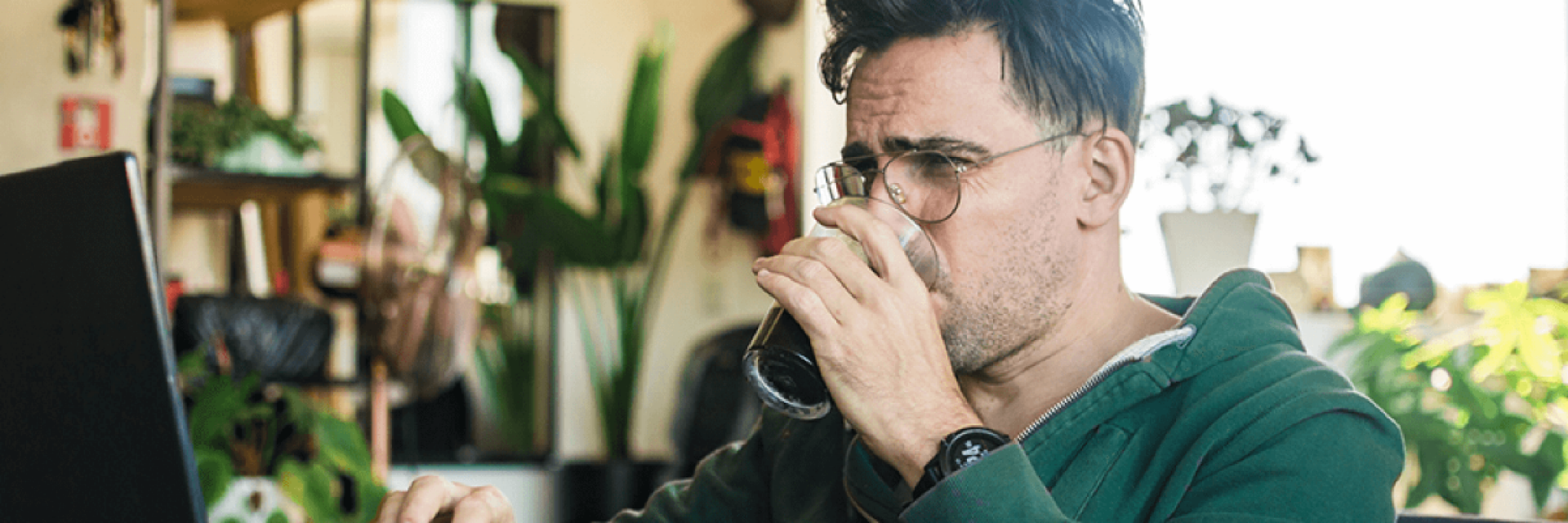Ever try to focus while a barrage of emails and notifications flood your screens? Productivity instantly feels like a distant dream.
If you’re a hybrid worker trying to navigate this world of distractions, don’t listen to the productivity gurus. A working day that starts at 4am with a two-hour workout, an hour of meditation and a smoothie blending 17 different vegetables might work for some people, but it’s not realistic for most. Thankfully, we’ve got a few ways tech can help your working woes—all whilst preserving your lie-in time.






